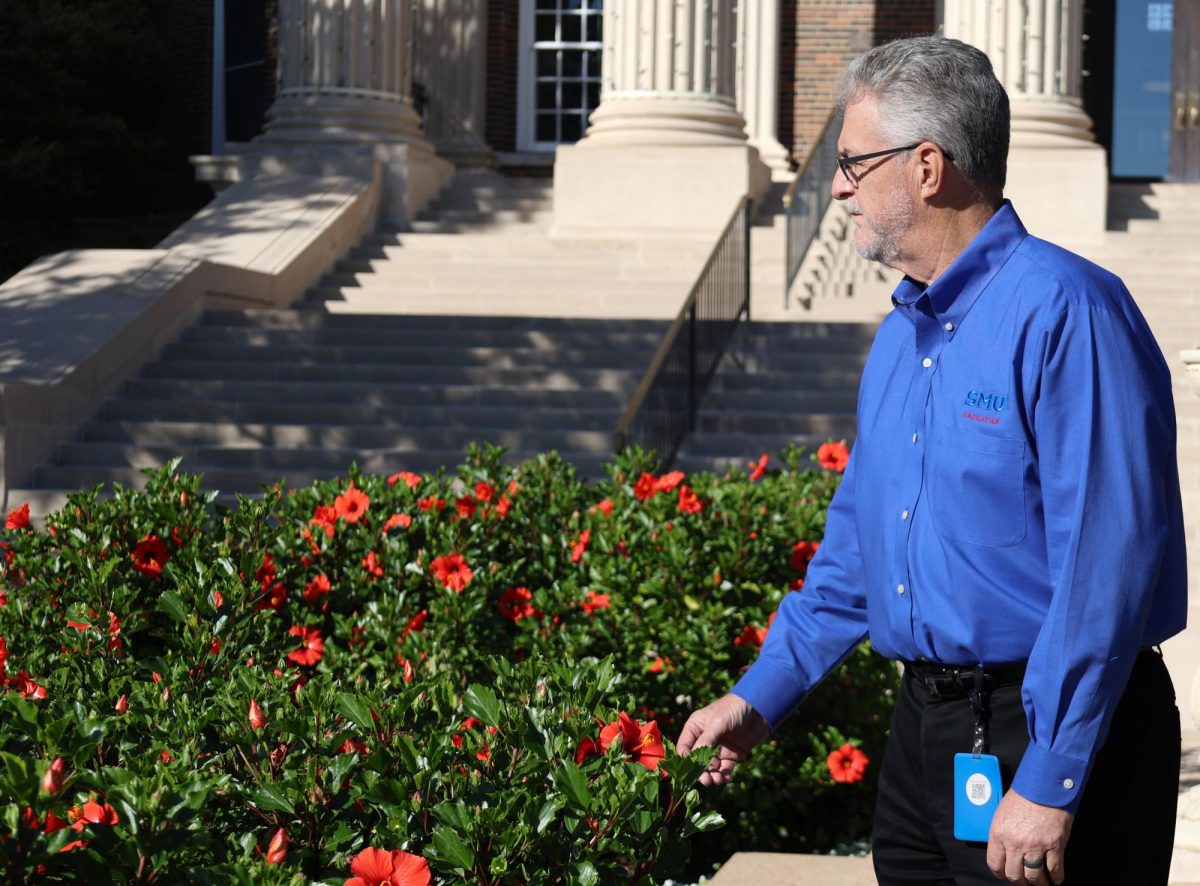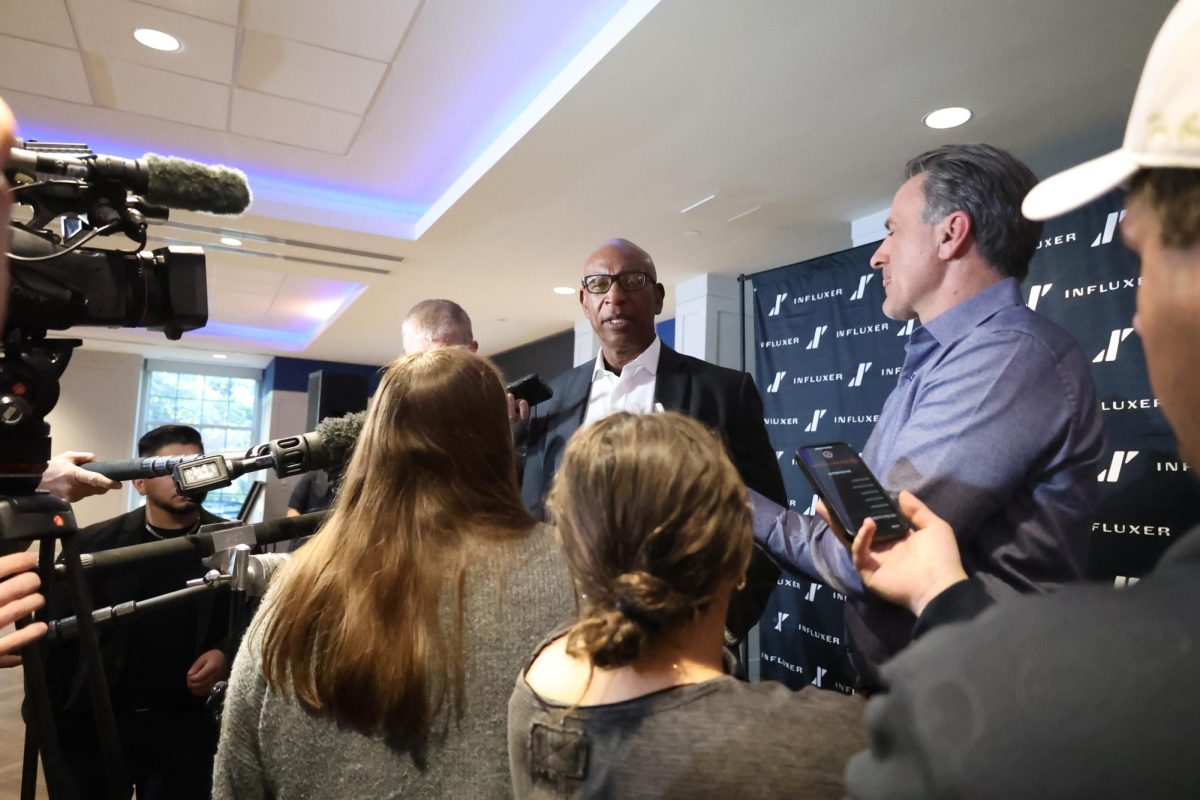In January of 1963, if most people who lived outside Dallas were asked what they knew about the city, most would not have a clue. But after Nov. 22, that would
all change.
Hugh Aynesworth, a reporter for The Dallas Morning News, was not given an assignment the day John F. Kennedy came to Dallas on Nov. 22, 1963. Aynesworth decided to explore the crowded streets and left the almost-empty office in order to get a close-up view of the president. As he came to the corner where JFK was expected to be, he saw multiple “anti-Kennedy posters all around
the street.”
Aynesworth recalls that people were “nervous even before JFK got to Dallas because many people did not like him and what he stood for.”
A man named Robert Surrey paid a local print shop to print 5,000 copies of a wanted for treason poster. The poster had a giant picture of JFK’s face and could be found all throughout the city on the morning before the assassination.
Nowadays, it is strange to think of Dallas as a “city of hate,” as it was often called in print. The aftermath of the JFK assassination hit Dallas hard, and left it in pieces.
Many people from around the world blamed the city for the assassination and wrote hate letters to the Dallas leaders in order to voice their opinions. These hate letters documenting this painful time are archived in Southern Methodist University’s DeGolyer Library.
Pamalla Anderson, a public service reference for the DeGolyer Library, believes that many people thought there was a reason the assassination occurred in Dallas.
“The letters were very hateful,” she said. “Many blamed the city because of the political atmosphere at the time.”
Bruce Tomaso, the assistant metro editor of The Dallas Morning News, believes that certain Dallas people had an intense dislike for JFK because “he stood for everything they feared.”
During the time of JFK’s presidency, many people from the city were against him due to his religious and liberal views, his sophistication and his privileged life.
At this time, “they had a distrust in Washington and believed it was an evil force wanting to poke its nose in other people’s business,” Tomaso said. Dallas was a city where “goofy political views were not considered bizarre, but considered to be completely normal.”
During the 1960s, newspapers were very effective sources for connecting with a city and its people. According to Tomaso, the publisher for The Dallas Morning News, Ted Dealey, believed that it was acceptable to have “crazy stuff to go on,
and not do anything about it.”
On the morning of the assassination, Dealey printed a front-page article that to some was considered to be bad taste. The article, now on display at The Sixth Floor Museum, has an uninviting black border with a headline that reads “Welcome Mr. Kennedy to Dallas.”
“The headline of the article was sarcastic and did not welcome the president at all,” Tomaso said. “The gist of the article was that it was very insulting and strident, and Dealey did not see the problem with it.”
Dealey used his position as publisher to reflect his views and “create a political environment where it was acceptable to be an extremist and to call [Kennedy] a liar and fool in an editorial,” Tomaso said.
The assassination of JFK was often referred to in published works as a “shot heard around the world.” The U.S. nation not only grieved together, but collectively blamed Dallas as being the “city that killed Kennedy.”
After Kennedy’s death, Dallas image was destroyed and needed a new leader to help the city move forward.
Shortly after the assassination, former President of Texas Instruments Erik Jonsson stepped up to the plate and became the new mayor of Dallas.
Jonsson saw the potential that Dallas possessed and knew the city would have success if it could revamp its image.
In 1965, Jonsson created a program called “Goals for Dallas” that was intended to reform and rebuild Dallas. “It turned out that goal setting intrigued Dallas people in general,” Jonsson said at a Texas Instruments’ conference. “They needed something to do, to talk about, and to work with that was as far apart from the assassination and it’s grieving as it could possibly be. I think we were fortunate to hit on this, and we took full advantage of it.”
With the help of many Dallas citizens and other influential leaders, Jonsson molded Dallas from the ground up and elevated it from its lowest historical point to one of the nation’s most beloved cities.
The city will never be able to shake the assassination of JFK, but instead of staying the nation’s “city of hate,” Dallas has risen above the hate letters and is now a city where many people in the world come to visit The Sixth Floor Museum to remember JFK’s life and legacy.
Aynesworth will be moderating a panel on How the JFK Assassination Changed North Texas Media in The 2013 Rosine Smith Sammons Lecture in Media Ethics. The speech will be held on Oct. 2 at 8 p.m. in Caruth Auditorium. For ticket information call 214.768.ARTS.








